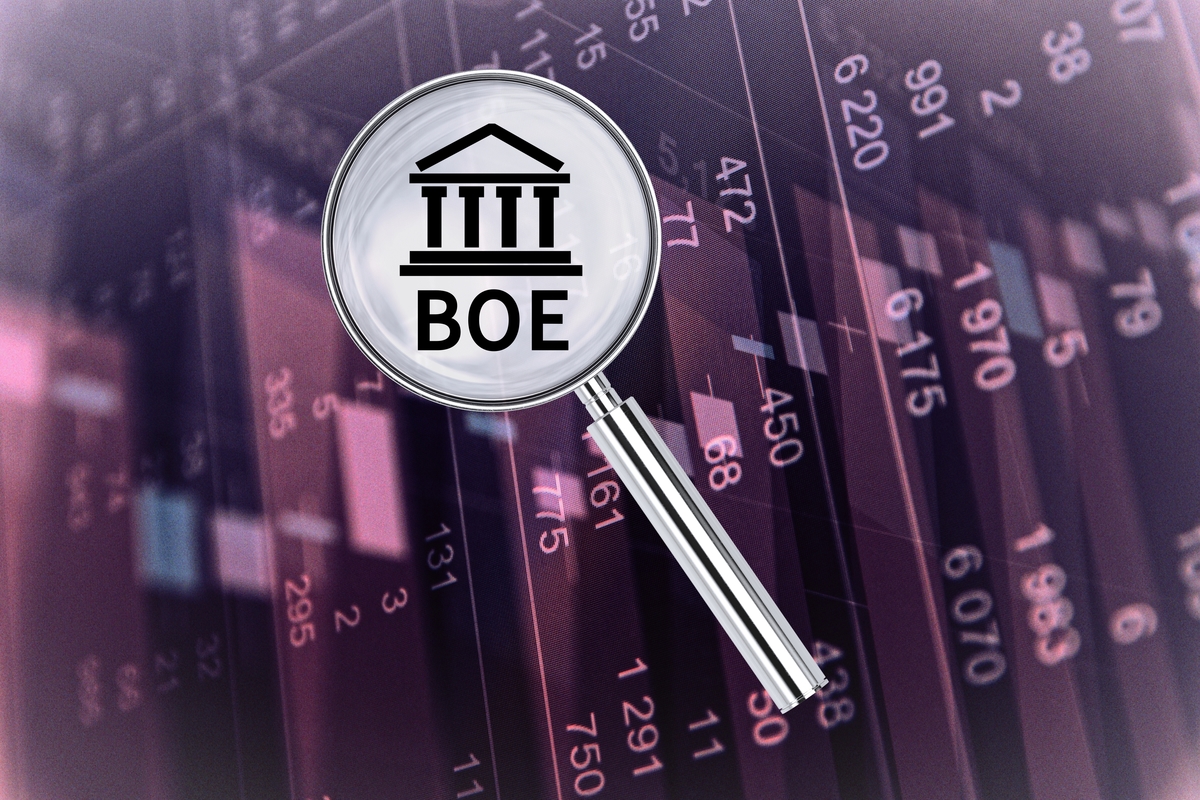Dear visitor,
You're reading 1 of your 3 free news articles this quarter
Register with us for free to get unlimited news, dedicated newsletters, and access to 5 exclusive Premium articles designed to help you stay in the know.
Join the UK's leading credit and lending community in less than 60 seconds.
Borrowing reaches lowest growth rate since September 2021
Credit card and short-term loan borrowing slowed in January to its lowest growth rate since September 2021, reports the Bank of England.

Senior Journalist, covering the Credit Strategy and FSE News brands.
The Bank of England has released data showing a net increase of £600m (3.2%) in consumer credit lending in January 2022. This has dipped from an increase of £800m (1.5%) in December 2021, and £1.2bn in November 2021.
The annual growth rate of borrowing on credit cards was 6.2%.
Bank of England statistics also show that households are resorting to a pattern of low spending and high saving, which took place during much of the pandemic. In January, households deposited £7.7bn, up from £2.7bn in December.
In addition, households deposited £0.1bn into National Savings and Investment (NS&I) accounts in January, which are not captured within household deposits with banks and building societies.
However, a cost-of-living crisis accelerated by a rise in food, fuel and energy bills, along with a hike in national insurance contributions, means that consumer credit levels will likely be heightened during the spring.
Joanna Elson, chief executive of the Money Advice Trust, said: “Taken in the context of rising prices across the board, these figures reflect the growing pressure on many household budgets”.
She feared “many more people will be pushed into difficulty in the coming months”.
Mortgage lending figures exceeded expectations, with a January increase of almost 50%, from an upwardly revised £4bn in December to £5.9bn in January.
This has been driven by the threat of higher interest rates from the Bank of England, alongside a highly competitive lending market that has seen lenders slashing fixed-rate offers.
Stay up-to-date with the latest articles from the Credit Strategy team
Get the latest industry news






